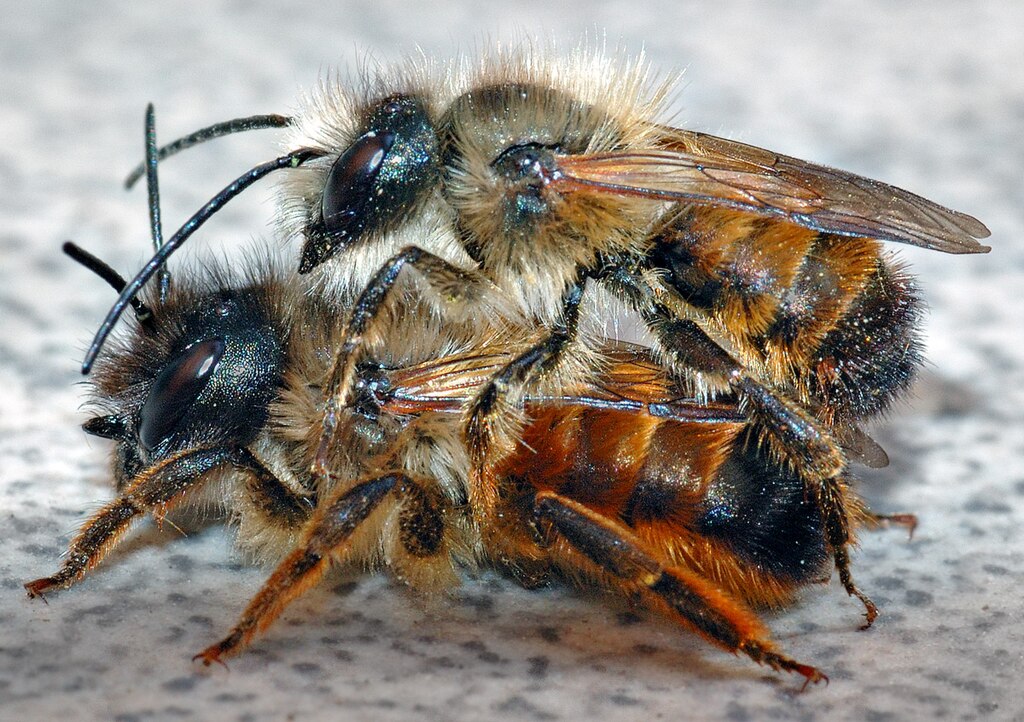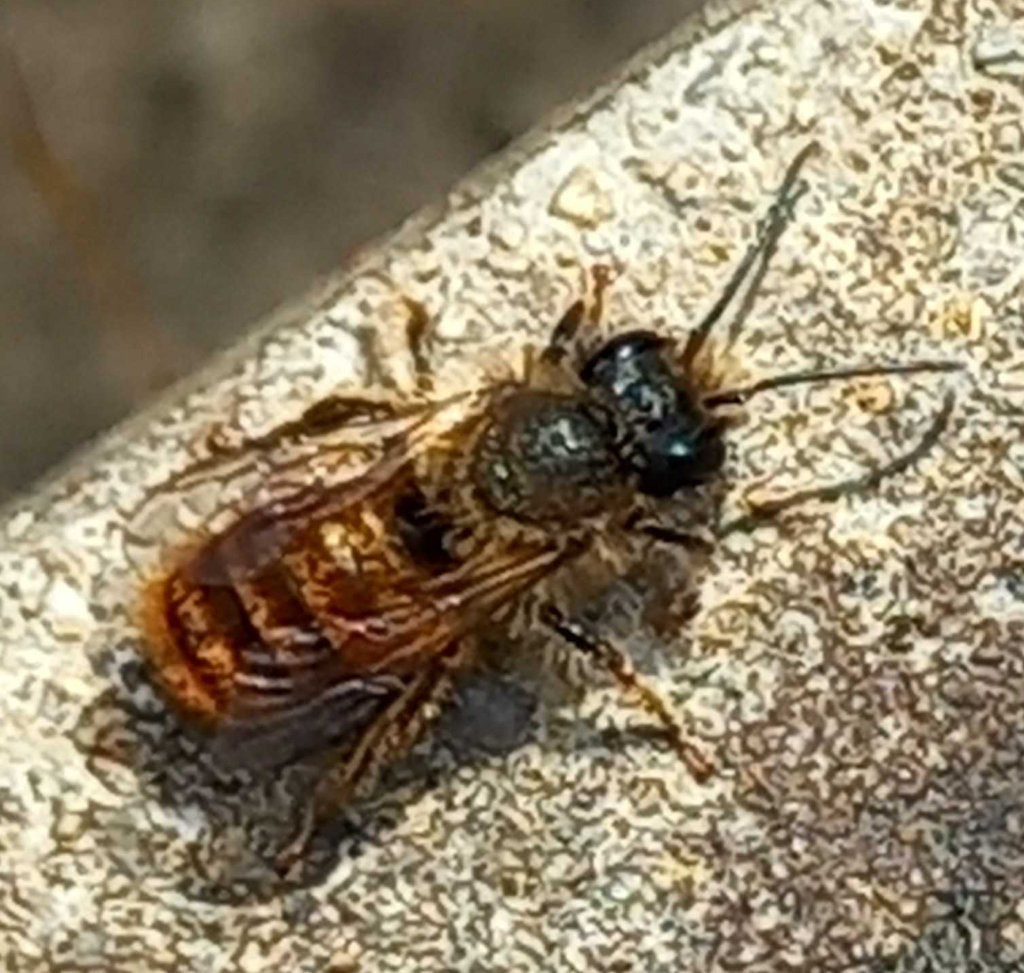Study reveals alarming rates of postpartum depression among mothers in six countries
In a recent study published in the journal BMC Public Health, researchers determined the frequency of postpartum depression (PPD). They identified associated predictors and coping strategies among mothers in six countries from June to August 2023.

Study: Exploring predictors and prevalence of postpartum depression among mothers: Multinational study.
Image Credit: KieferPix / Shutterstock.com
What is PPD?
PPD is a prevalent mental health issue that affects about 10% of women after childbirth, with some studies suggesting up to one in seven women are affected. PPD can develop within the first year postpartum and persist for several years, thus significantly differing from the short-term "baby blues" many mothers experience.
PPD often goes undiagnosed, with around 50% of cases unrecognized. The Diagnostic and Statistical Manual of Mental Disorders (DSM-5) criteria for PPD include mood instability, sleep disturbances, and suicidal ideation.
Some factors that influence the development of PPD include marital status, social support, and unplanned pregnancy. Nevertheless, additional research is needed to better understand the varying prevalence, risk factors, and effective interventions for PPD across different cultural and demographic contexts.
About the study
The present analytical cross-sectional study involved 674 mothers from Egypt, Ghana, India, Syria, Yemen, and Iraq during the childbearing period. Conducted from June to August 2023, the current study included mothers who gave birth within the previous 18 months, were citizens of one of the targeted countries, and were between 18 and 40.
Exclusion criteria included multiple pregnancies, illiteracy, serious health issues in the baby, stillbirth or intrauterine fetal death, and mothers with medical, mental, or psychological disorders interfering with questionnaire completion. Mothers who could not access or use the internet and those who could not read or speak Arabic or English were also excluded.
Study participants were recruited using a multistage approach. Two governorates were selected from each country, with one rural and one urban area identified from each governorate. Mothers were surveyed through online platforms and public locations such as well-baby clinics, Primary Health Centers (PHCs), and family planning units. All study participants completed the questionnaire using tablets or cell phones provided by data collectors or scanning a Quick Response (QR) code.
The questionnaire, initially developed in English and translated into Arabic, was validated by healthcare experts and tested for clarity and comprehensibility in a pilot study. The final questionnaire included sections on demographic and health-related factors, obstetric history, PPD assessment using the Edinburgh Postnatal Depression Scale (EPDS), and psychological and social characteristics.
Study findings
The frequency of PPD in the total sample using the Edinburgh 10-question scale was 13.5%; however, this prevalence significantly varies across countries. PPD was highest among mothers in Ghana at 26.0%, followed by India, Egypt, Yemen, Iraq, and Syria at 21.7%, 19.1%, 8.5%, 7.7%, and 2.3%, respectively.
The current study included 674 participants, with a median age of 27, 60.3% of whom were between 25 and 40. About 96% of study participants were married, whereas 67% had sufficient monthly income and at least a high school education.
Health-related factors revealed that 40% of the study cohort smoked, 95.7% did not smoke, 54.2% received the coronavirus disease 2019 (COVID-19) vaccine, and 44.1% had previously contracted COVID-19. About 83% of the study cohort were not diagnosed with any comorbidities, whereas 92.4% did not have any history of psychiatric illness or family history.
PPD was significantly higher among single or widowed women at 56.3%, whereas 66.7% of PPD cases occurred in mothers with medical, mental, or psychological problems, and 35.7% reported previous cigarette smoking habits or alcohol use. Mothers charged for their own healthcare services had higher PPD rates.
Most mothers were not on hormonal treatment or contraceptive pills, with 46.1% experiencing unplanned pregnancies and 68.6% gaining 10 kg or more during pregnancy. About 61% of the study participants delivered vaginally, whereas 90.9% and 48.2% of mothers had healthy babies and were breastfeeding, respectively.
There was a significant association between PPD and mothers on contraceptive methods, those with one or two live births, and those with interpregnancy spaces of less than two years. Additionally, mothers with a history of dead children and those who experienced postnatal problems had higher PPD rates. About 75% of mothers were unaware of PPD symptoms, with 35.3% experiencing cultural stigma or judgment. Only 6.2% of affected women were diagnosed with PPD and prescribed medication.
Mothers with PPD often had a history of PPD, financial and marital problems, and cultural stigma. Despite receiving more support, 43.3%, 45.5%, 48.4%, and 70% of mothers felt uncomfortable discussing mental health with physicians, husbands, family, and their community, respectively.
Social norms, cultural beliefs, personal barriers, geographical disparities, language barriers, and financial constraints were among the causes of not receiving treatment, which was reported among 65.7%, 60.5%, 56.5%, 48.5%, 47.4%, and 39.7% of mothers, respectively. Logistic regression analysis identified several significant PPD predictors, including marital status, infant health, postnatal problems, nationality, pregnancy status, and psychological factors.
- Amer, S. A., Zaitoun, N. A., Abdelsalam, H. A., et al. (2024). Exploring predictors and prevalence of postpartum depression among mothers: Multinational study. BMC Public Health. doi:10.1186/s12889-024-18502-0









